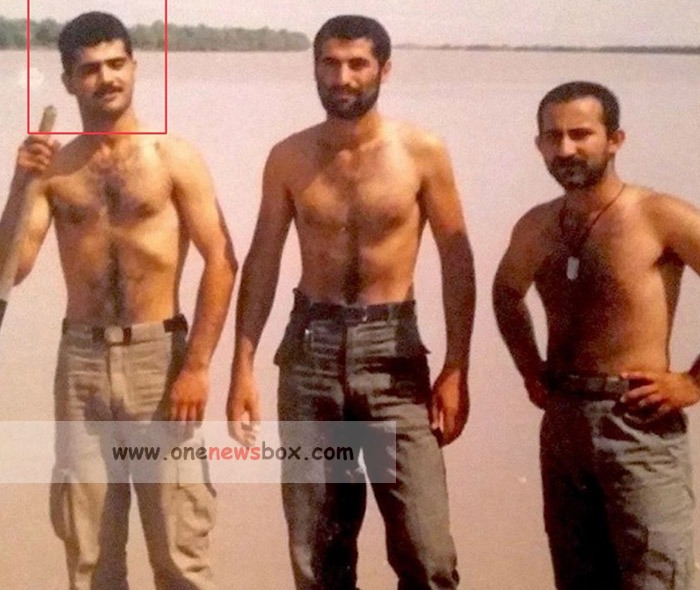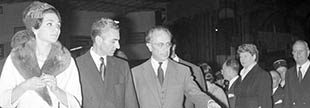Artistic Roots
Even before leaving, Mehrdad Asemani had begun composing and performing songs, some of which were aired on Radio and Television. However, the environment for independent musical creativity was becoming increasingly constrained under the Islamic Republic’s cultural restrictions. As the space for secular, pop, and romantic music diminished, Asemani found it difficult to maintain artistic integrity while navigating censorship. It was clear to him that his musical ambitions would be difficult—if not impossible—to achieve within Iran.
Emigration to Los Angeles
In 1992, seeking creative freedom and greater opportunities, Mehrdad Asemani emigrated to the United States, settling in Los Angeles—a city that had become a hub for the Iranian music industry in exile. LA offered Asemani access to professional studios, collaborators, and an audience that had remained deeply connected to Iran’s pre-revolutionary musical traditions.
His first album, “Sadae Khorshid” (The Voice of the Sun), marked his official entry into the exilic music scene. The album was a hybrid creation—some of its songs had been recorded underground in Iran, while others were completed in LA. Standout tracks like “Lisanse” (a sarcastic take on social expectations of having a university degree) and “Khanoumi” (a lyrical tribute to women) captured attention for their wit, emotional depth, and cultural relevance. With this debut, Mehrdad announced himself as not just a singer, but a storyteller.
Breakthrough and Concert Tours
A year and a half after his debut, Mehrdad reached widespread fame with the release of “Post Shab”, featuring the hit song “Chador” (Chador Bendaz Ro Saret), with lyrics by Masoud Amini and music by Hassan Shamaizadeh. This song became an anthem of sorts, reflecting the social tensions surrounding women’s veiling and the state’s control over private life. The song’s success solidified Asemani’s reputation as a bold artist unafraid to tackle contentious themes.
Many of his early songs were composed in collaboration with prominent Iranian poets such as Mohammad Saleh-Ala and Masoud Amini. These collaborations enriched his lyrical repertoire, allowing him to merge poetic elegance with melodic nuance.

